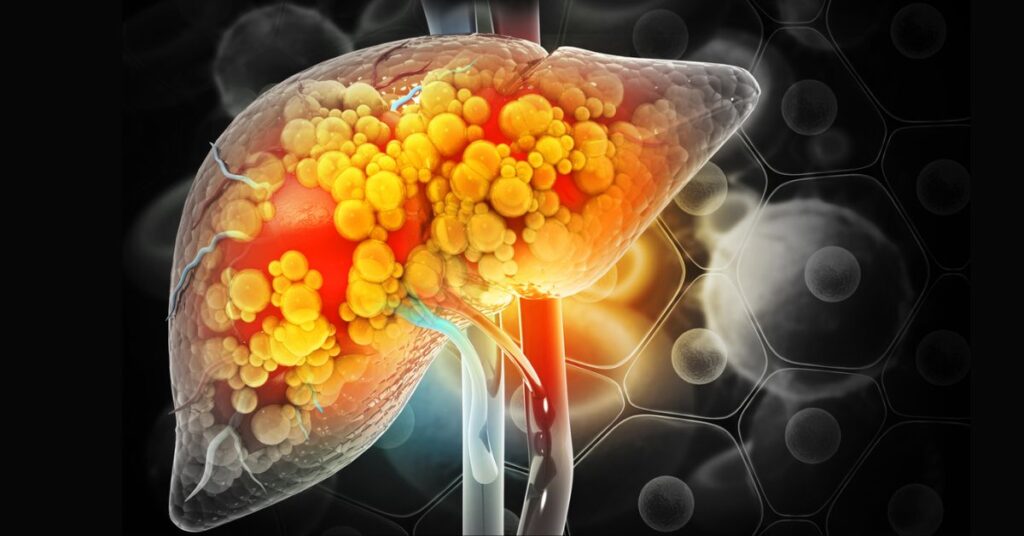Scientists may be on the verge of a groundbreaking medical discovery — two everyday medications used for cholesterol and blood pressure could help reverse a growing form of liver disease, as Daily Mail reported.
The condition, known as metabolic dysfunction-associated steatotic liver disease (MASLD), develops when fat accumulates inside the liver — not from alcohol, but due to metabolic issues like obesity or high blood sugar. Once rare, it’s now on the rise across the UK, even among young adults and children.
Researchers from Spain have found that combining pemafibrate, a drug used in Japan to treat high cholesterol, with telmisartan, a common blood pressure medication in the UK, may significantly reduce fat buildup in the liver. Their experiments on rats and zebrafish revealed that this drug combination also lowered risks linked to the heart and blood vessels — a major plus for patients with metabolic complications.
Professor Marta Alegret of the University of Barcelona, co-author of the study published in Pharmacological Research, said the dual treatment could be beneficial beyond liver health. “It lowers blood pressure and cholesterol levels, which together reduce cardiovascular risk. Mortality from heart-related causes is high among MASLD patients, and many also suffer from these two risk factors,” she explained.
When tested, half doses of each drug worked as effectively as full doses of either one alone — suggesting that the combination might also lower side effects while maintaining strong benefits. The team observed that telmisartan helped restore levels of a liver protein called PCK1, which is often deficient in those with MASLD. While telmisartan’s anti-inflammatory properties are already known, its role in tackling early-stage fat buildup adds a new dimension to its potential.
However, researchers caution that these results are preliminary. “Further clinical studies are needed to confirm whether these benefits translate to humans,” Professor Alegret noted.
Once mainly linked to heavy drinking, liver disease is now spreading rapidly among younger adults and even children. The British Liver Trust estimates that up to one in five people in the UK may have MASLD — possibly as high as 40 percent. Even more concerning, about 80 percent remain undiagnosed, since symptoms are often silent or easily mistaken for other issues.
If left untreated, MASLD can progress into MASH (metabolic dysfunction-associated steatohepatitis), an advanced form involving liver inflammation, scarring, and potential failure. Up to one in five of those with MASH could develop cirrhosis, which can be life-threatening.
As experts continue to warn of rising liver disease cases, this new drug combination could represent a crucial breakthrough — offering hope for millions with limited treatment options today.
(Tamil Craze)




